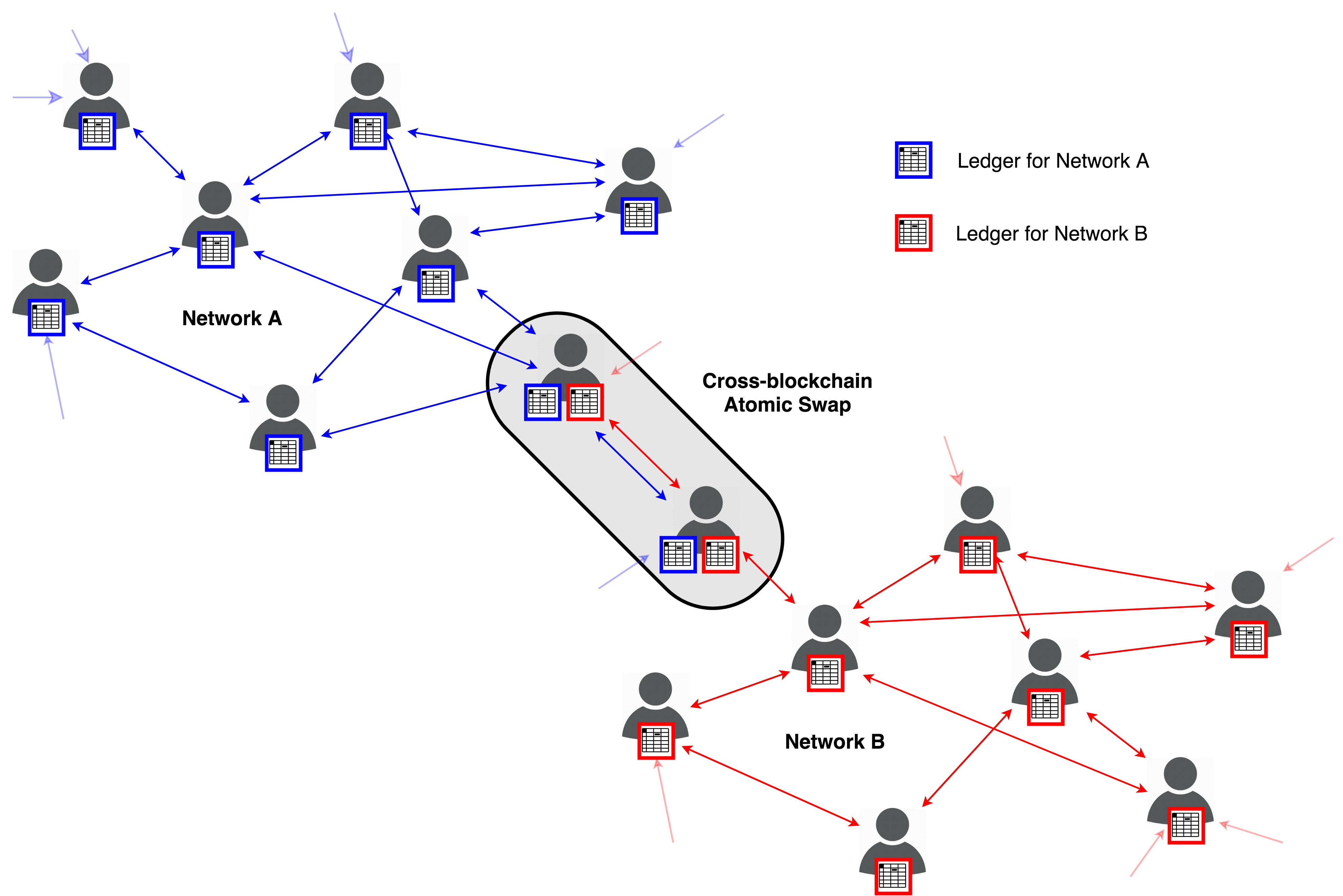Cross-chain Technologies: The Role Of New Cryptocurrencies In Interoperability

Executive Summary

Cross-chain technologies are rapidly emerging as a critical component of the blockchain ecosystem, enabling the transfer of assets and data between different blockchains. This article explores the role of new cryptocurrencies in facilitating cross-chain interoperability, examining the various protocols, challenges, and potential benefits of these technologies. By leveraging new cryptocurrencies, cross-chain solutions can address the limitations of existing blockchain systems and unlock new possibilities for decentralized applications.

Introduction
The blockchain industry has witnessed an explosion of new cryptocurrencies and blockchain platforms, each with its own unique features and capabilities. However, the lack of interoperability between these networks has hindered the seamless flow of assets and data across the blockchain ecosystem. Cross-chain technologies aim to bridge this gap by enabling assets to move effortlessly between different blockchains, fostering greater liquidity and innovation.
FAQs
-
What are cross-chain technologies?
Cross-chain technologies facilitate the transfer of assets and data between different blockchains, eliminating the limitations imposed by blockchain silos. -
How do new cryptocurrencies contribute to cross-chain interoperability?
New cryptocurrencies can serve as intermediaries or facilitators within cross-chain protocols, enabling asset transfers and providing additional security measures. -
What benefits do cross-chain technologies offer?
Cross-chain technologies enhance blockchain interoperability, increase liquidity, foster innovation, and promote the adoption of decentralized applications.
Subtopics
Cross-chain Protocols
Cross-chain protocols are the foundation of cross-chain technologies. These protocols establish rules and mechanisms for asset transfers between different blockchains. Examples of cross-chain protocols include:
- Atomic Swaps: Atomic swaps enable direct asset swaps between two parties on different blockchains, using smart contracts to ensure trustless transactions.
- Hash Time-Locked Contracts (HTLCs): HTLCs securely transfer assets between two parties in a time-locked manner, releasing assets to the recipient only after a predetermined condition is met.
- Interledger Protocol (ILP): ILP provides an interoperable framework for connecting different payment systems, enabling cross-chain asset transfers through a standardized protocol.
New Cryptocurrencies Facilitate Cross-chain Interoperability
New cryptocurrencies play a vital role in facilitating cross-chain interoperability by:
- Acting as intermediaries: New cryptocurrencies can function as intermediaries between blockchains, facilitating asset transfers and providing a bridge between different networks.
- Ensuring security: New cryptocurrencies can be used to implement additional security measures, such as multi-signature escrow accounts, to secure cross-chain transactions.
- Providing liquidity: New cryptocurrencies can create additional liquidity on cross-chain protocols, enabling faster and more efficient asset transfers.
Potential Challenges
Despite their potential, cross-chain technologies face certain challenges:
- Technical Complexity: Implementing cross-chain protocols requires significant technical expertise, as well as careful consideration of security implications.
- Scalability: Cross-chain transactions may depend on several intermediaries and protocols, which could impact scalability and transaction throughput.
- Regulation: The regulatory landscape around cross-chain technologies is still evolving, requiring careful navigation by cryptocurrency platforms and users.
Conclusion
Cross-chain technologies, powered by new cryptocurrencies, are poised to transform the blockchain ecosystem, connecting different networks and fostering greater interoperability. By overcoming the limitations of blockchain silos, cross-chain solutions unlock new possibilities for decentralized applications and enhance the liquidity and efficiency of the broader cryptocurrency market. As these technologies continue to mature, they hold the potential to revolutionize the way assets and data move across the blockchain landscape.
Keyword Tags
- Cross-chain Technologies
- New Cryptocurrencies
- Interoperability
- Blockchain
- Decentralized Applications
